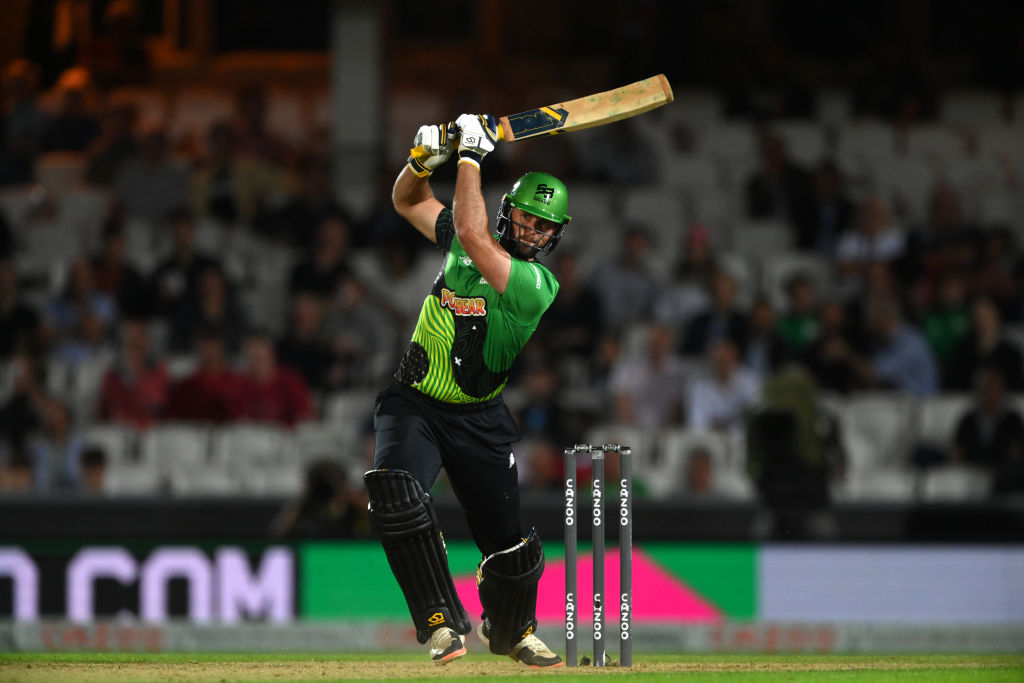The strange case of The Hundred: a North-South divide?

Recently this country has been roughly split down the middle on, well, virtually everything. Opinions are polarised and if there’s a fence in the middle, we’re damn well not sitting on it.
Summer 2021 saw a new concept dividing the nation. Sports fans, I give you the strange case of The Hundred.
Unlike most cricket in this country, you couldn’t miss it, whether because some have hated the concept since they first heard about it and will not be letting it go, or because over a few weeks this summer, men’s and women’s cricket was on terrestrial TV virtually every evening.
In my world of sports marketing, the chatter is positive. Many sports want to follow cricket’s lead and give traditional formats a twist with the added fun of music, influencer commentary and more kids in the crowd. And who can blame them?
Ultimately, The Hundred was created to bring new fans to the game, both in the ground and at home.
At first, some of it did jar. The team names, the guy from Love Island interviewing crowd members and Tuffers trying to avoid using jargon and realising there’s simply no other word for googly.
Yet quickly it began to work. The women’s matches drew big crowds and the players responded accordingly. The partnership with BBC Music Introducing was a masterstroke and young artists were introduced to millions.
On TV, Isa Guha effortlessly moved between talking to players, parents and Radio 1 DJs. Even if you didn’t understand the LBW rule, the idea of hitting as many sixes as possible in 100 balls was easy to get your head around.
A North-South split in The Hundred?
When dusk fell, the matches in Leeds, Manchester and Nottingham in particular saw the crowds come alive. The finishes were tense, and we seemed to have a successful new sports entertainment brand on our hands.
Yet, in modern Britain, there must be a ‘but’, and here among the capital’s liberal elite, The Hundred didn’t feel any different to the T20 Blast or a Test Match. The majority of the crowds in north and south London remained white, middle class and ‘here for the beer’.
The opening night of the competition began with a big step forward for women’s cricket and ended with the Oval’s bars echoing to a protest rendition of the ‘banned’ Sweet Caroline.
It felt like a sporting north/south divide had been created, but the stereotypical dour naysayers were this time to be found in the South. We won’t bring my fellow Welsh into this as social distancing at Sophia Gardens meant the competition didn’t really catch fire there (if you could excuse the pun).
The arguments against The Hundred remain. It messes with the domestic cricket calendar to the detriment of other formats (only in England can the only 50-over competition be devalued when England are 50-over world champions) and it will negatively impact on the Test team (please see The Ashes scoreline).
Yes, you can argue that this is traditionalists pushing against the future, but they are paying £150 a day to watch Test cricket at Lord’s every summer and have been doing so for years.
During these ‘Plan B’ times, it’s hard to think ahead to the possibility of a Covid-free summer, but such dreams could decide the future shape of The Hundred.
Last year’s competitions went ahead without the added draw of overseas stars because of travel and quarantine restrictions. In 2022, the prospect of eight elite teams featuring the likes of Beth Mooney, Babar Azam and Aaron Finch battling it out live on terrestrial TV could tip the balance firmly in favour of The Hundred.
And no matter what happens, let’s take a few of the women’s games off the undercard and make them the headliners.
Bring on The Hundred 2022 as it’s quite uncomfortable on this fence.
Matthew Fletcher-Jones is a Director of sports and entertainment agency Cake.